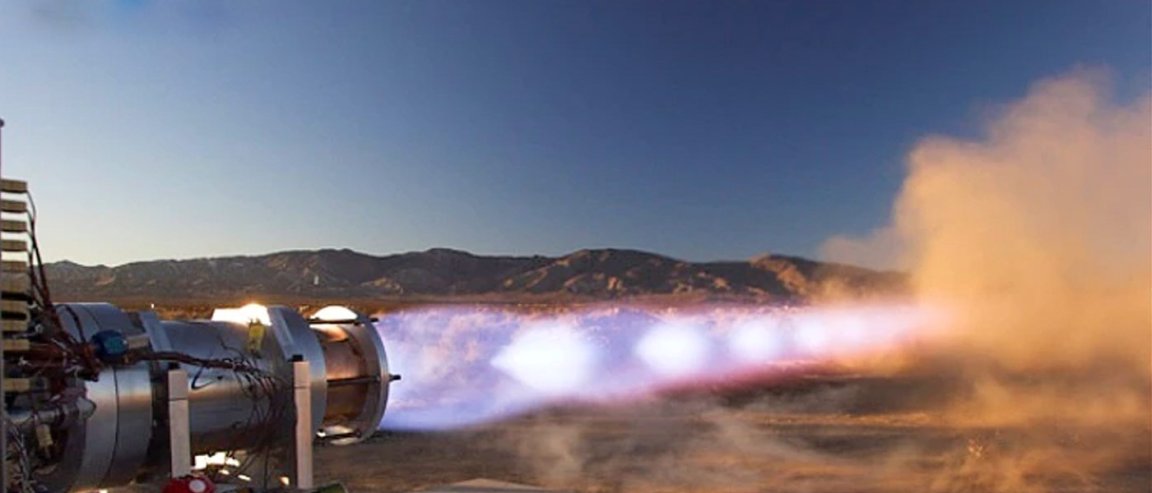
Testing, Testing
SpaceX was founded with one goal in mind: revolutionize space technology, enabling people to live on other planets. While it has also supported NASA missions and brought vital supplies up to the International Space Station, all of these actions have been in support of the company’s Martian dream.
Now, those dreams are a step closer to reality. SpaceX has just sent the rocket it will be using for trips to Mars to a McGregor, Texas facility for testing. This much was revealed by company president Gwynne Shotwell during a Small Satellite Conference in Utah, and was confirmed by a company spokesperson to Ars Technica.
While details on the engine are rather thin, here’s what we do know: the engine is going to be called Raptor, and Elon Musk has said that it will produce 500,000 pounds of thrust at liftoff.
Signs of Progress
The Raptor rocket will be used not by the Falcon 9 or even the Falcon Heavy, but the future reusable spacecraft the company will be building for the Mars Colonial Transporter project. The needed thrust is much greater than that generated by the Merlin engines of the Falcon 9, and more on par with that of the Space Shuttle.

According to Engadget, Shatwell expects the Raptor rockets will be lifting a spacecraft 100 times the size of an SUV and carrying up to 100 tons of cargo. The spacecraft SpaceX is building is expected to hold nine of the Raptor rockets.
Developing rocket engines, the bedrock of any space initiative, often takes five to seven years, optimistically. The fact that the rocket is already in full-engine tests (if that is what this is) is a good sign for SpaceX.
With this new development, SpaceX is showing tangible progress towards its Mars goal. The company has announced a goal to send an uncrewed Dragon spacecraft to Mars as early as 2018, and it has been able to sneak in tests of supersonic retropropulsion technology during Falcon 9 launches. That technology will be instrumental in landing any Mars spacecraft.